Everything you need to know about MVIR (Motor Vehicle Inspection Report) - Part I

The term MVIR (Motor Vehicle Inspection Report) appears several times in a car owner's lifetime. This report is essential at the time of vehicle registration, insurance, and acquiring duplicate OR/CR.
KEY TAKEAWAYS
What happens when a vehicle fails a motor vehicle inspection/test?
If a vehicle fails any of the tests or inspections, the owner is required to get the issue fixed as soon as possible. However, if several things are wrong with the vehicle, it would be best to get a new model instead.How much does a Motor Vehicle Inspection Report form cost?
Nothing. A Motor Vehicle Inspection Report form is available free of cost and can be acquired from any LTO branch or downloaded from the LTO’s official website.Is MVIR required for both new and existing vehicles?
Yes. New and existing vehicles are required to undergo inspection at a Private Motor Vehicle Inspection Center or Private Emission Testing Center (which are covered under LTO jurisdiction).What is the need for motor vehicle inspection?
The motor vehicle inspection report is an LTO-issued form to assess the condition of the vehicle. It even comes in handy when an owner wants to procure a car insurance policy.How much does it cost to procure MVIR in the Philippines?
MVIR costs PHP 600 for private vehicles, PHP 500 for motorcycles, and PHP 300 for public utility vehicles.The question now is, what exactly is MVIR? In this article, we’ll be covering the topic in detail and discuss MVIR’s benefits, requirements, procedure, associated costs & fees, and much more. So, without further delay, let’s jump in and learn about the Motor Vehicle Inspection Report.
Before we move any further, we’d like to tell you that our ‘Everything you need to know about MVIR’ series is a two-part series. In Part I, we covered the meaning, requirements/benefits, MVIR form explained, tests conducted, and fees. In the next part, we’ll shed light on MVIR’s inspection, prerequisites, and step-by-step procedure.
Also Read: LTO OR/CR: Get to know the two of the most important docs for your car
What is MVIR?
MVIR stands for Motor Vehicle Inspection Report. It is essentially an LTO-issued form whose purpose is to reveal the vehicle’s condition at the time of inspection. An accomplished and approved MVIR is a crucial requirement set by LTO for vehicle registration.
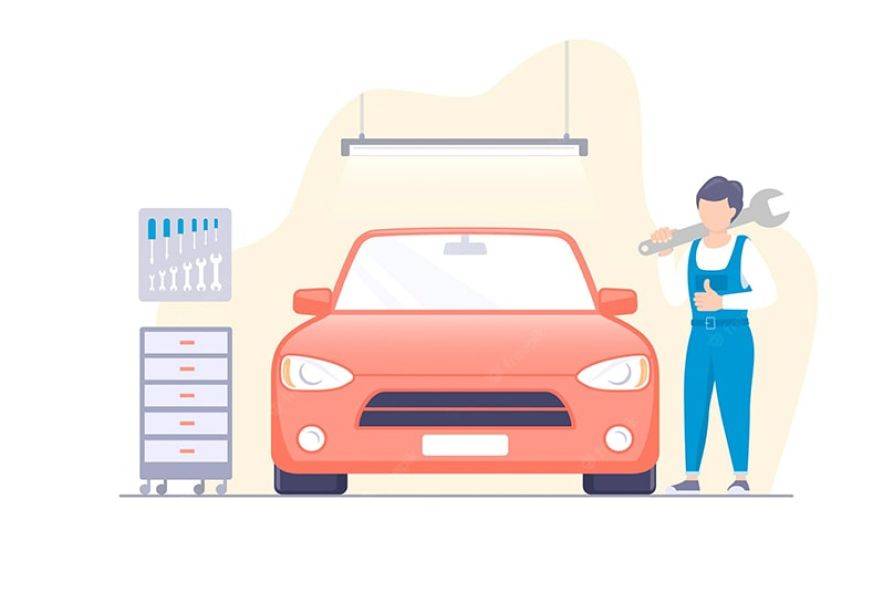
Requirement/Benefits of MVIR
As the name suggests, an inspection of a vehicle is conducted under MVIR by LTO. The goal is to assess the vehicle's roadworthiness and whether or not it passes the LTO standards. It is a way of ensuring the safety of the owner, pedestrians, and other motorists on the road.
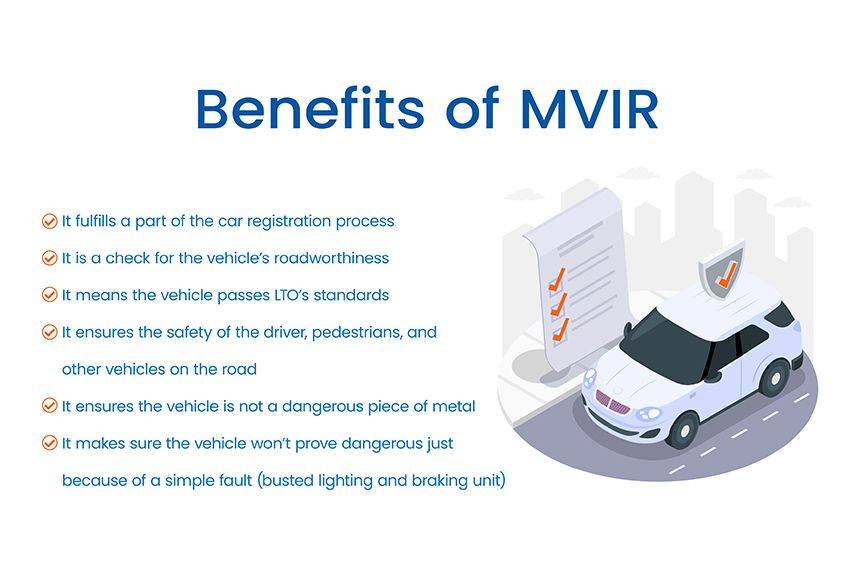
These inspections prove very useful. A car is a heavy machine with numerous bolts and wires, and several things can go wrong. There can be a busted taillight, worn-out brakes, and more, which can be detected in the inspection and taken care of by the owner.
Overall, the MVIR acts as a safety net that will benefit you and your car.
Getting familiar with the MVIR form
The Motor Vehicle Inspection Report is divided into several sections, each revealing different information about the owner and vehicle’s condition. The table below reveals MVIR form details -
|
MVIR form |
|
|
Title |
Contents |
|
Part I: Ownership & Documents |
|
|
Part II: Identification & Inspection |
|
|
Part III: Operation and Safety Test |
|
Tests conducted under MVIR
Under the MVIR, a vehicle undergoes as many as seven tests, which together affirm its roadworthiness. Following are the safety tests conducted during the inspection -
- Sideslip Test
- Suspension Test
- Roller Brake Test
- Speedometer Test
- Headlight Test
- Emission Test
- Sound Test
|
MVIR Safety Test |
||
|
Test |
How it is conducted |
What it determines |
|
Sideslip Test |
|
|
|
Suspension Test |
|
|
|
Roller Brake Test |
|
|
|
Speedometer Test |
|
(it is a pass for the vehicle if the reading is within 10 kmph of what is displayed on the speedometer vs the actual speed) |
|
Headlight Test |
|
|
|
Emissions Test |
|
|
|
Sound Test |
|
(to pass the test, the result must be lower than 99 dB) |
Also Read: Common mistakes to avoid when renewing your OR/CR in the Philippines
Fees associated with MVIR
If you want to acquire a Motor Vehicle Inspection Report for your vehicle, the associated fees are below.
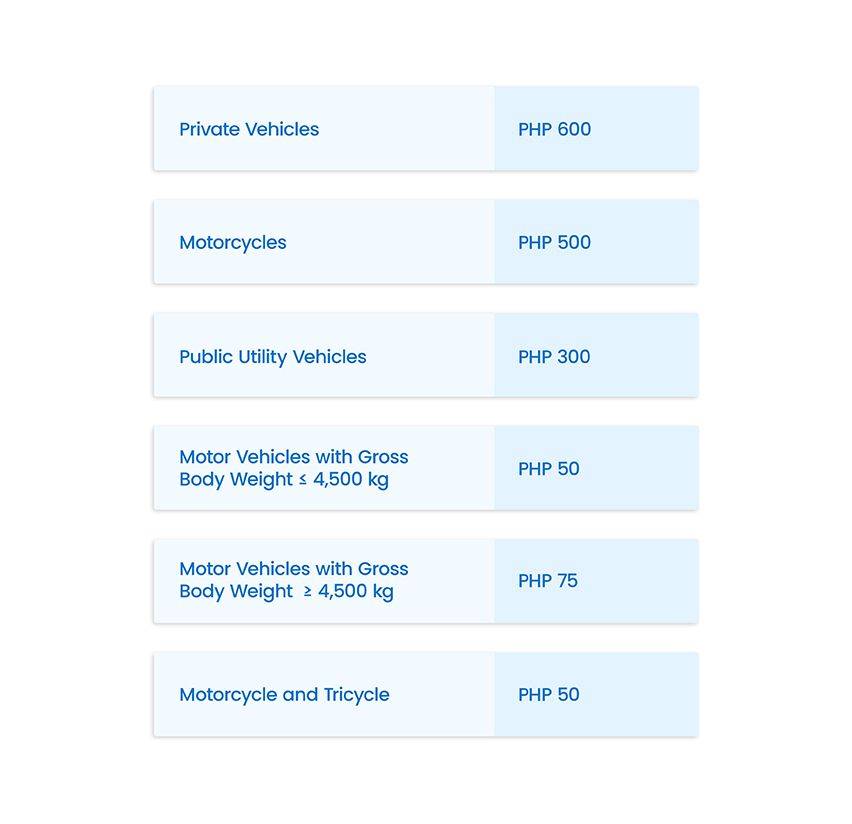
LTO also charges a fee for the smoke emission test, which goes as follows -
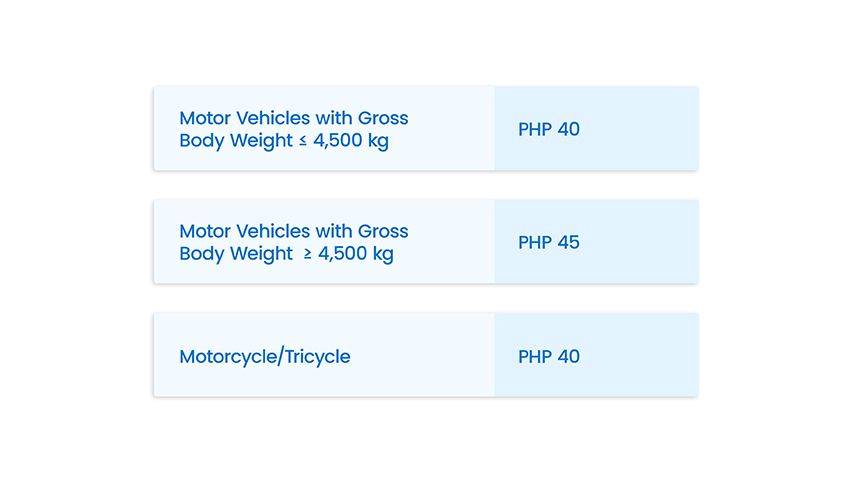
Note - An inspection fee of PHP 1,800 will be collected in case of the following -
- Motor vehicle modification (revised body design or configuration)
- Change engine/chassis, change body colour, re-stamping of engine, revised
- Gross Vehicle Weight
- Recovered carnapped vehicle
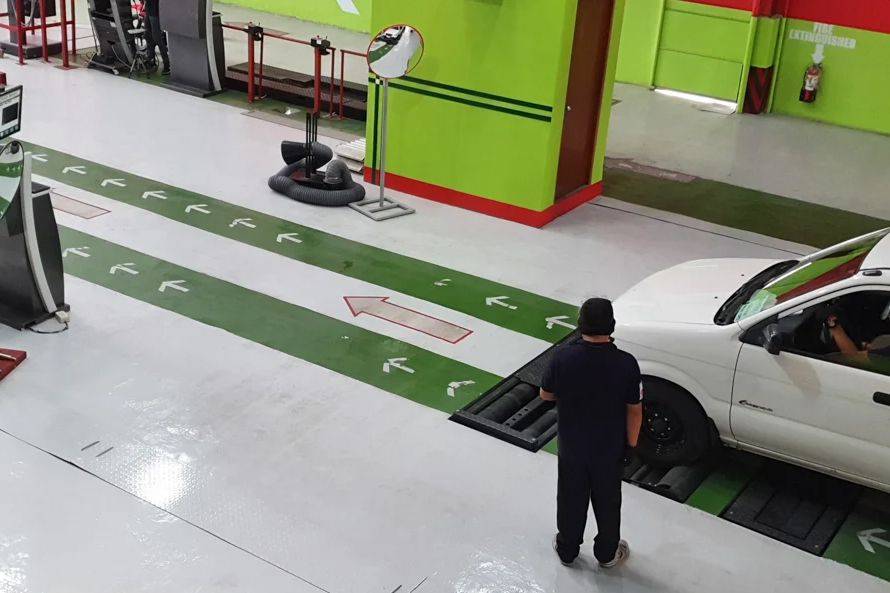
What’s next? Submission & Approval
Once your vehicle is back from the long day involving so many tests,
it’s time to fill up the MVIR form. After that, the form will be sent to LTO for approval.
After the form is accepted, the vehicle owner can use the accompanied MVIR to complete the motor vehicle registration or acquire a duplicate OR/CR or car insurance process.
Summary
Motor Vehicle Inspection Report is a great tool from LTO that is greatly responsible for making the Philippines' roads safe and sound for both drivers and pedestrians. It ensures that every vehicle on the road (new and old) is roadworthy. It even takes care of the environment with its emission and sound tests.
Also Read: A step-by-step guide to getting duplicate LTO OR/CR
Featured Articles
- Latest
- Popular
Recommended Articles For You
Featured Cars
- Latest
- Upcoming
- Popular
Car Articles From Zigwheels
- News
- Article Feature
- Advisory Stories
- Road Test
